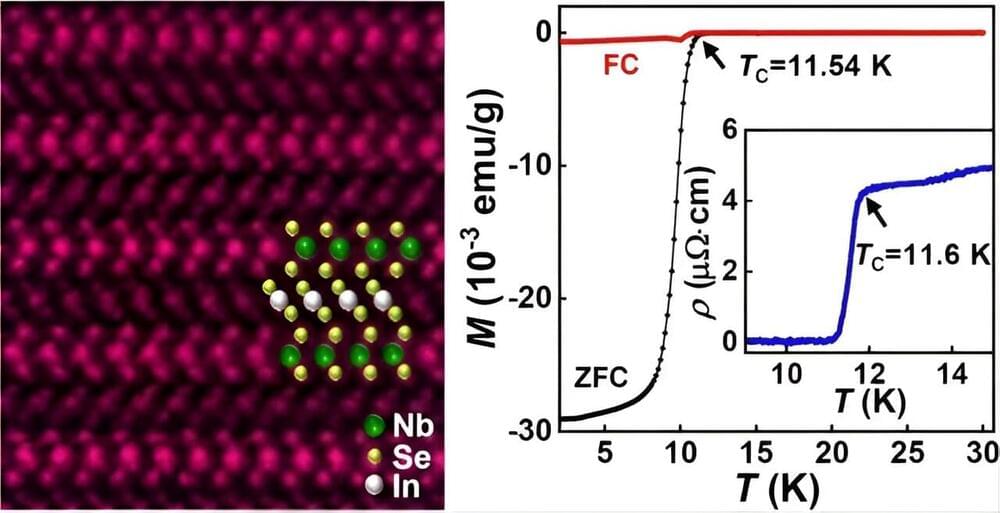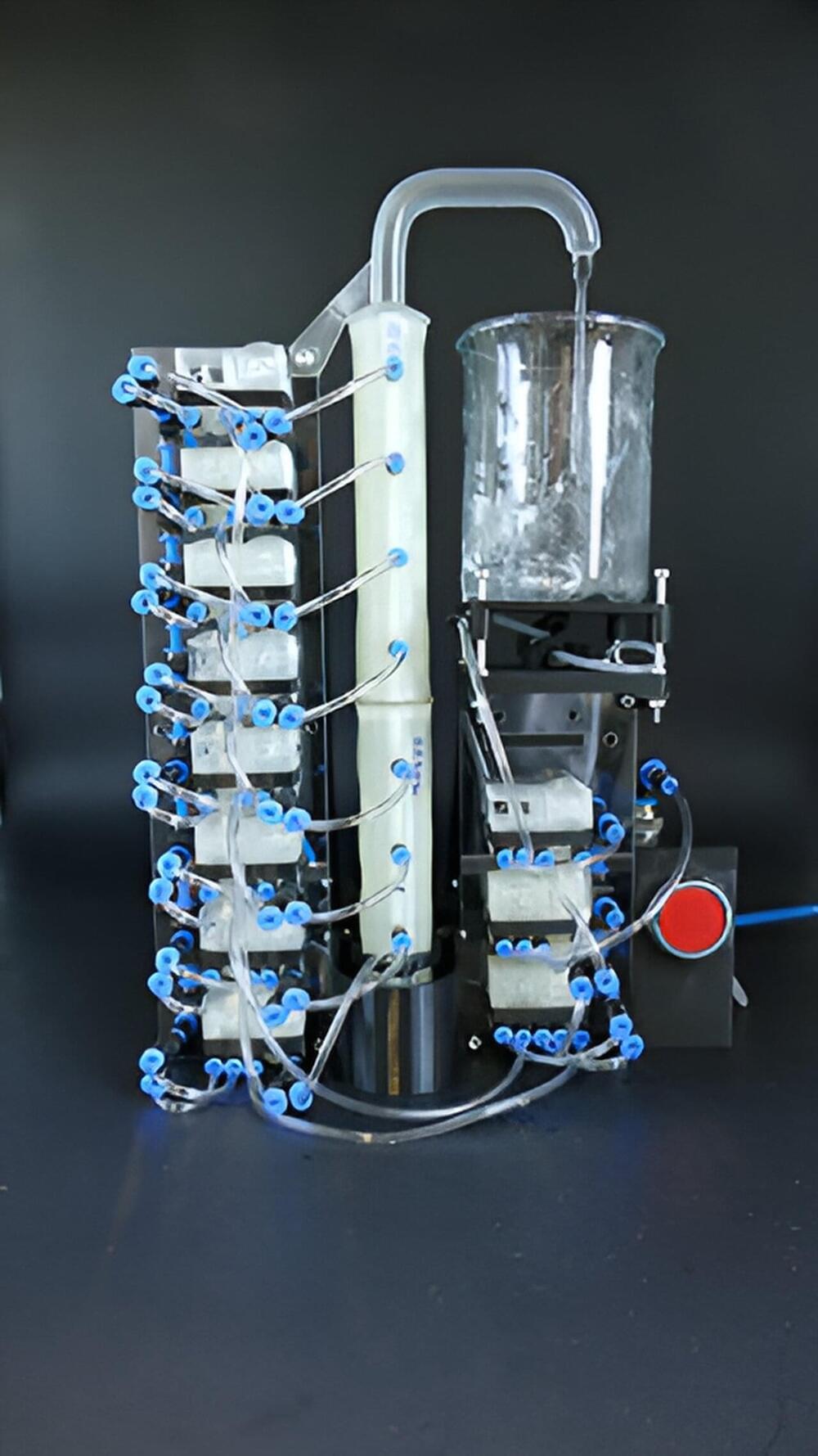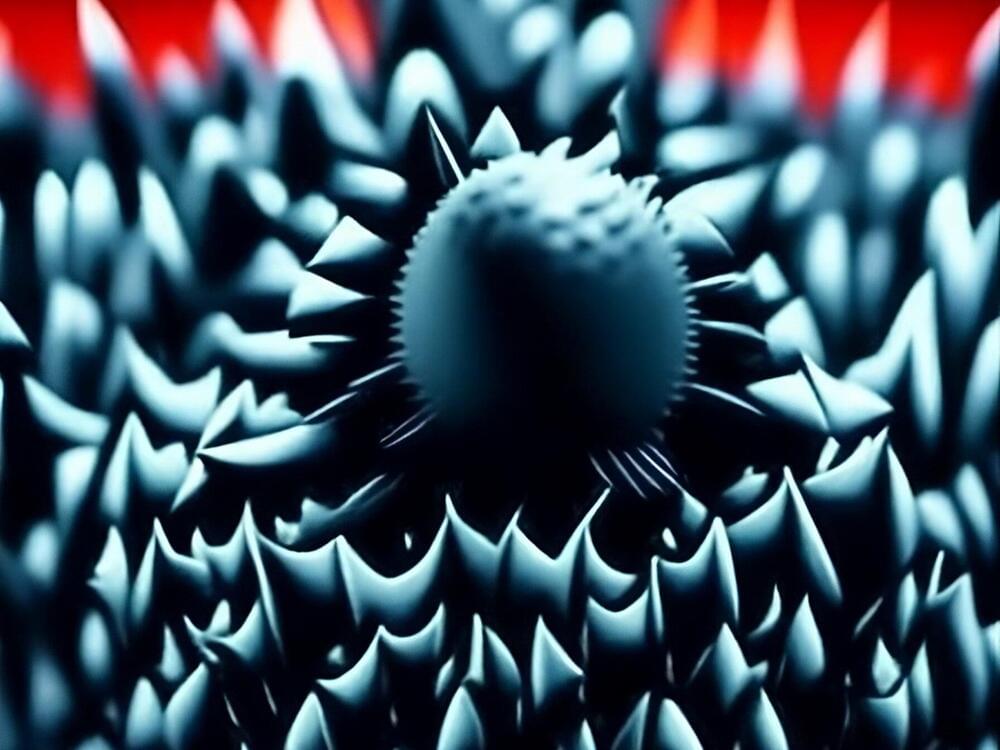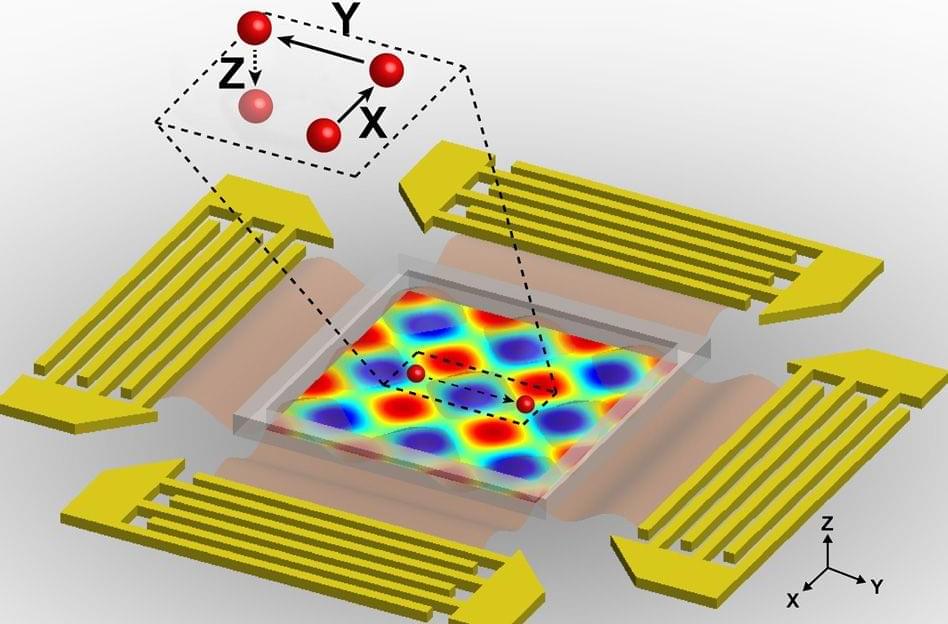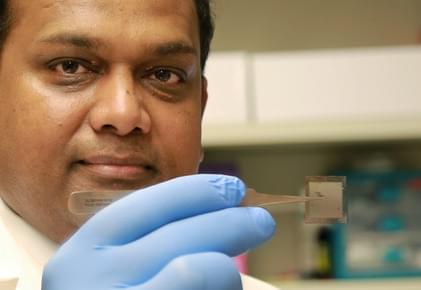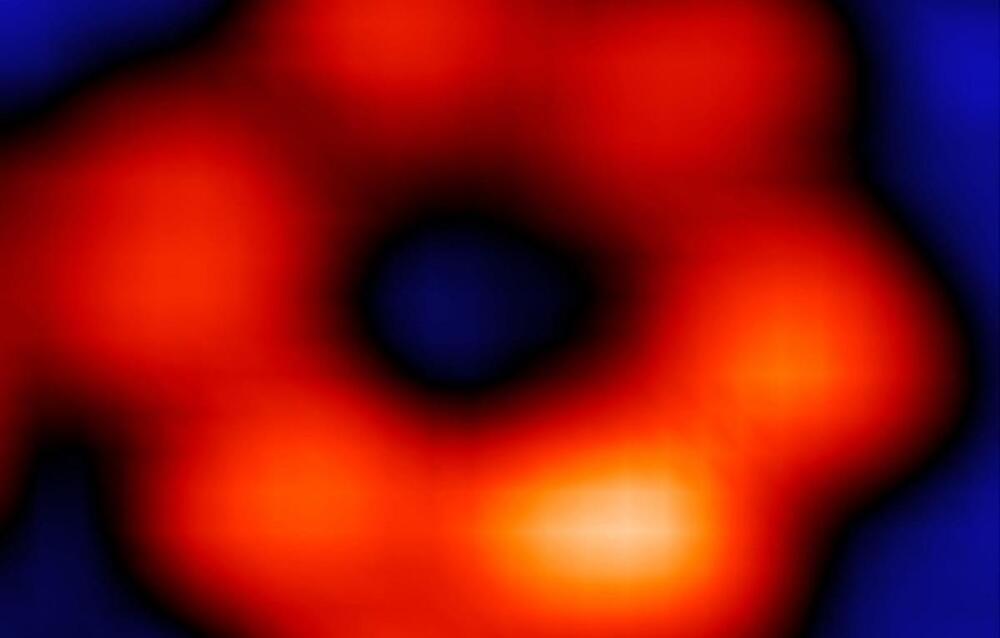With the support of electrical transport and magnetic measurement systems of Steady High Magnetic Field Facility (SHMFF), a research team from Hefei Institutes of Physical Science (HFIPS), Chinese Academy of Sciences (CAS), discovered a new superconducting material called (InSe2)xNbSe2, which possesses a unique lattice structure. The superconducting transition temperature of this material reaches 11.6 K, making it the transition metal sulfide superconductor with the highest transition temperature under ambient pressure.
The results were published in Journal of the American Chemical Society.
TMD materials have received lots of attention due to their numerous applications in the fields of catalysis, energy storage, and integrated circuits. However, the relatively low superconducting transition temperatures of TMD superconductors have limited their potential use.
